For so many of us, the office is where we spend most of our time. It’s practically where we live. We seem to spend the majority of our waking hours in the office and it’s true that, sometimes, our colleagues see more of us than our families do. Some think of this as a modern phenomenon, something that has arisen as a result of the growing economy and ever increasing demands on business and trade, but in fact, the “office” goes back a very long way. Look back over the centuries and there’s a lengthy history of people chained to their desks – we all, surely, know the story of Ebenezer Scrooge? A work of fiction, it’s true, but firmly rooted in the reality of the times, with clerks like Bob Cratchit working very long hours for very little reward.
So how did we get to the offices of today and what, in fact, is an office?
The best description we could come up with is that it’s wherever the work gets done. That means a skyscraper counts, as does a car, or a coffee shops and so, too, are people’s homes – and it was in just these last two places in the City of London in the 18th Century that most “office” work was done.
In the early days of the “City”, business owner, traders and merchants, bankers and money lenders, tended to live above the shop. Often the clerks they employed lived there too, although you can guarantee their accommodation was significantly less glamorous! Meetings were usually held in other people’s offices or in popular local coffee houses. Although theses have themselves changed, we all know how popular they still are for meeting up with contacts, colleagues and prospective clients. It seems that not much has changed over the centuries, then.
It was 1729, however, in Leadenhall Street, just a few hundred yards from where Lloyds of London currently sits, that saw the arrival of one of London’s first purpose-built offices, which originally housed the East India Company. Incorporated in 1600, the company grew steadily to account for half of the world’s trade, specialising in basic commodities such as cotton, silk, indigo dye, salt, saltpetre, tea and opium and played a very large part in the beginnings of the British Empire in India. Over time it grew to become a very large and complex organisation and one which necessarily generated vast amount of paperwork and so needed a purpose-built “office” to handle all of that. Now, back in those days, the paperwork moved very slowly, with mail, particularly from India, one of its main markets, taking 608 months to arrive. However, when it did arrive, the quantities were incredibly high.
It wasn’t until the late 19th century that commercial offices for conducting business first appeared in the United States. The railroad, telegraph and then the telephone were invented and enabled businesses to be established at various different locations and still communicate with each other. This also enabled manufacturing companies to set up their administrative function at some distance from where the product was actually made. Hence branch offices started to appear. Then the administrative function was divided again into areas such a purchasing, finance, etc. and offices became more and more common. The rise of the office was also helped by inventions such as electric lighting, the typewriter, and calculating machines.
However, perhaps the greatest symbol of the office is the office chair and desk. During the 1876 Centennial Exposition in Philadelphia, new office equipment and furniture were popular exhibits. The exposition featured fancy rolltop desks and novel new filing systems, all of which proved to be incredibly popular with businesses men who wanted to be seen as being at the forefront of innovation and development. The flat topped desk we know today evolved after the invention of the typewriter; clearly such a machine could not be efficiently used on a rolltop desk!
By 1900, many thousands of people were working as secretaries, stenographers, and typists in offices in London. With only the most important employees or management having their own allocated, private spaces, offices were generally large open spaces, with row upon row of desks. They were noisy, cluttered and badly ventilated, and there was no thought whatsoever given to Health and Safety!
This is mainly because early 20th century modernist architects such as Frank Lloyd Wright saw walls and rooms as too authoritarian and divisive. The spaciousness and flexibility of an open plan, they thought, would help office workers to feel part of the organisation and work more productively as a result. However, the rise of the open plan office was driven more by the need for business owners to pack as many people into as small a space as possible, than by any desire for the freedom and democratic ideals of their employees. Consequently, the average early 20th century office had the appearance of a white-collar production line.
Cubicles or cellular offices became popular again in the 1950’s. Driven by German design, the endless rows of desks were broken up into smaller groups and partitions put up, in an attempt to create more heart into the workspace. And cellular offices remained popular for the next 50 years or so, with everyone seeing having their own office space, preferably with a door and window on the outside world as a sign of achieving some level of status within an orgainisation.
And now we have come full circle, with open-plan offices again at the forefront of modern design. However, gone are the series rows of desks, to be replaced with smaller groupings scattered across a larger area, and incorporating relaxation areas and more formal meeting areas, all within one single open space. This is, for now at least, seen as the right way to work, fostering communication and collaboration and encouraging everyone to work together for the common goals of the business.
How long will it be, we wonder, before everyone wants their own office again?



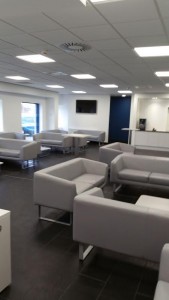
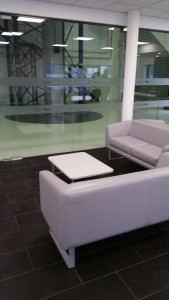
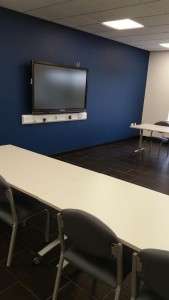
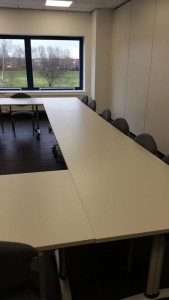






 recently delivered to me and the service you provided. When we initially spoke I specified that I wanted a certain size and colour of desk to perfectly fit the room and match the other furniture within my home office. Although not a common color you sourced a fantastic match which I extremely pleased about and its fits perfectly into the limited space. Your team who delivered the desk were great. They arrived when you said they would and then assembled the desk with no hassle, positioned it where I wanted it, and were in and out within 20 minutes.
recently delivered to me and the service you provided. When we initially spoke I specified that I wanted a certain size and colour of desk to perfectly fit the room and match the other furniture within my home office. Although not a common color you sourced a fantastic match which I extremely pleased about and its fits perfectly into the limited space. Your team who delivered the desk were great. They arrived when you said they would and then assembled the desk with no hassle, positioned it where I wanted it, and were in and out within 20 minutes.
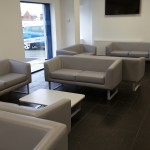
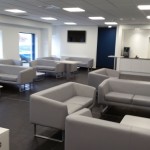
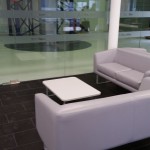
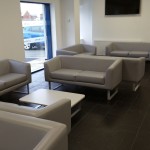
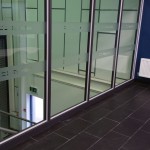
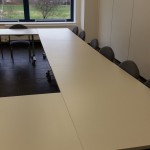
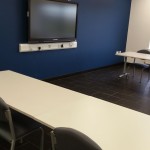
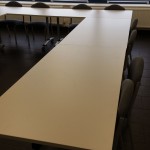
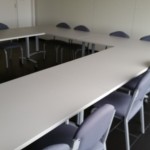
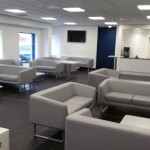

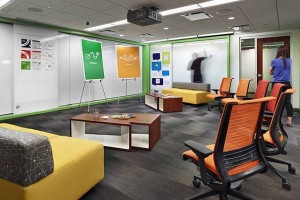
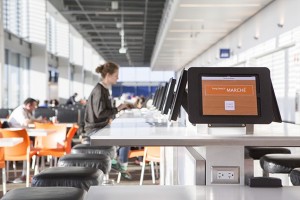

 nal workspaces and an increase in flexible working. Internal meetings have generally become less formal, increasing the need for breakout/social areas and reducing the use of boardroom space.
nal workspaces and an increase in flexible working. Internal meetings have generally become less formal, increasing the need for breakout/social areas and reducing the use of boardroom space.

